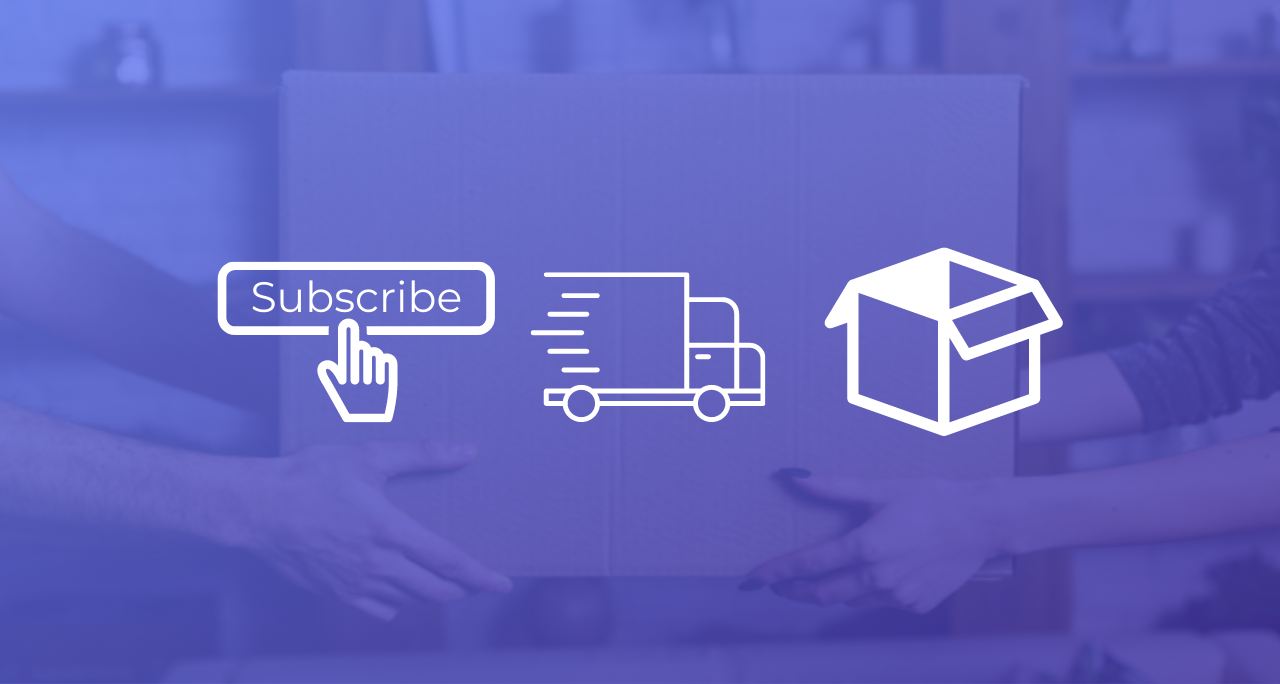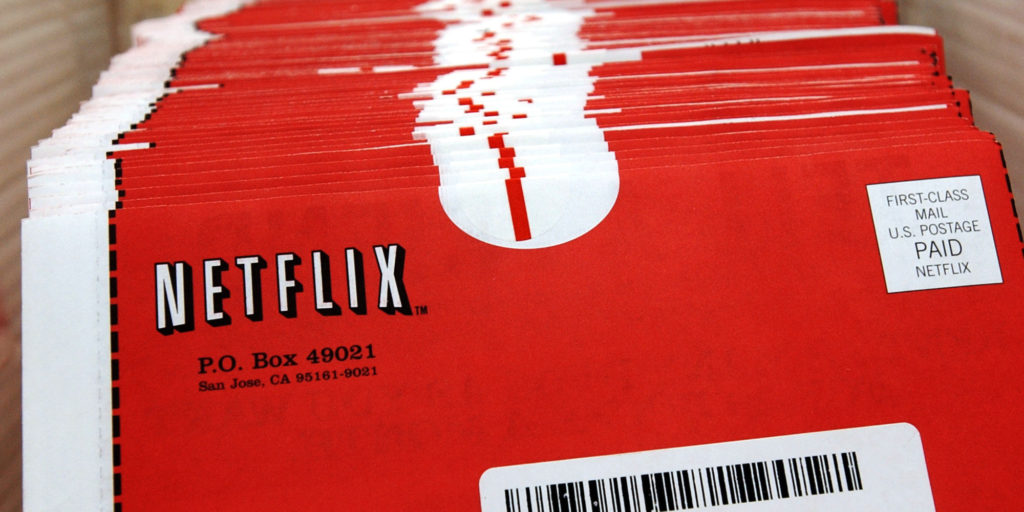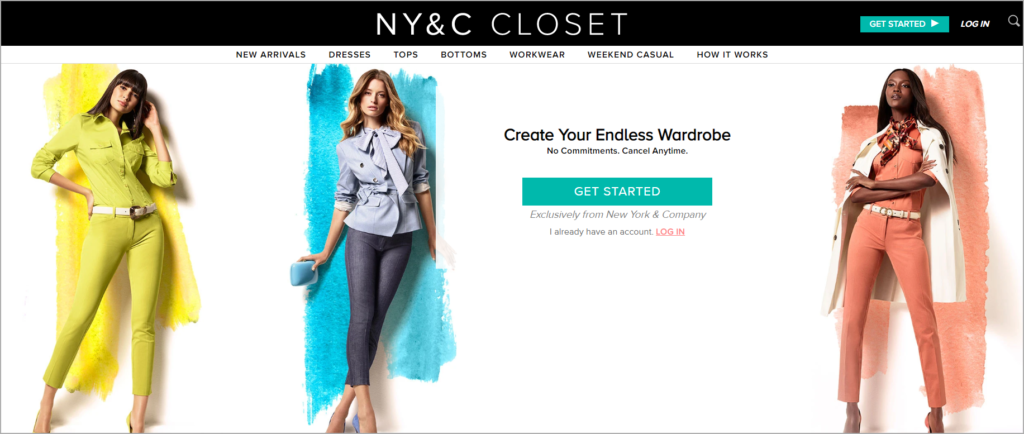Though more and more companies are recognizing the importance and power of subscription models, selling physical goods through this model can be challenging.
It’s worth remembering, however, that it’s not impossible. In fact, it can be extremely effective: Netflix’s first business model was based on this idea, where customers would pay a monthly subscription in return for unlimited DVD rentals being sent to them by post.
In this article, we’ll take a look at how subscription models can be effectively applied to selling physical goods. Our focus, here, will be on two types of company: those that already use a subscription model for non-physical goods and who want to expand to selling real-life objects; and companies who already use physical goods who would like to add a subscription service.
Why Use A Subscription Model?
Businesses whose customers buy the same product regularly are the first who should consider a subscription model. If your customer is going to come back again and again for the same order, might as well invite them to sign up for periodic delivery/shipment, right? We’ll see further on that subscription invites after one-time purchases are actually a commonly used entry-model for the category.
Before we get to the practicalities, however, it’s worth recognizing the value of subscription models.
First, the headline figure: the subscription-based economy grew 350% between 2012 and 2019, and subscription businesses grew revenues about five times faster than the S&P 500 company revenues during that period, driven primarily by digital goods subscriptions. In fact, the growing importance of the subscription model has been one of the most important changes in online commerce and marketing over the last decade. Even the COVID pandemic hasn’t deterred subscriptions’ growth.
For companies, the benefits of the subscription model are various. For one, models like this can significantly boost customer retention. Though the subscription model is most often used by companies who sell non-physical goods – and especially those in the software sector – the same benefits can be realized for those selling physical goods, as long as the model is applied intelligently.

The subscription model also has benefits for customers. Many customers value the convenience and time savings that such models offer them: rather than spending hours each month researching which clothes to buy, for instance, many customers will prefer to receive a curated selection of the latest fashions.
Similarly, there are some physical goods that are extremely well suited to regular delivery via a subscription model: think coffee, wine, baby diapers, kid’s toys, or any other product that is regularly consumed and needs to be replenished.
How To Use a Subscription Model for Physical Goods
Using a subscription model for physical goods needs to be implemented carefully, and this model will not be suitable for all brands that sell physical goods.
Because of this, the first and most important step to take is to carefully consider whether a subscription model is right for your company. If your customers regularly buy the same products from you, then a subscription model can offer them a great level of convenience. Equally, if you are in a position where you can offer your customers a curated selection of the best products in your niche, a subscription model can be of great benefit. Subscription models can also be useful for new product categories because you can offer your customers an introduction to these products.

If your company falls into these niches, a subscription model could be right for you.
Popular Subscription Models for Physical Goods
If you decide that a subscription model is suitable for your business, you will first need to decide which type of subscription model you will use. For physical goods, here are the most popular of these models:
- Subscription boxes – users sign up to receive a weekly or monthly box of products from a category that they use recurrently, for example beauty products, personal care products, pet food and so on. Subscribers usually either choose certain products to receive periodically or they can also opt for mystery boxes, where the seller surprises them each month with a mix of products from a category. A significant advantage of subscription boxes is that you can also encourage subscribers to re-order midway if required, to increase retention. A customized QR Code on the packaging or an NFC-powered freebie tucked in the subscription box, can be easily scanned or tapped to re-order from your e-store.
- Buy and subscribe – this is another similar model where users are invited to subscribe to recurring deliveries after ordering a product from categories used on a regular basis. Diapers and even water are examples of categories this model has been employed for.
- Open/closed memberships – both models imply an exclusive membership and they are beginning to gain traction in physical good categories. In closed memberships, only subscribers have access to categories of products, like the Danish manufacturer WineFamily whose audience is made up of its subscribers. In open membership models, a subscription allows access to extra benefits – in fashion, for example, getting an annual VIP subscription with a clothing store could give access to exclusive discounts, not available to shoppers who haven’t subscribed. Amazon Prime is another example of membership subscription, which gives subscribers access to premium features, such as express delivery, not available for regular platform users.

Once you decide which model to follow, you will then have to think about how to implement it.
You should recognize that there are many different ways in which subscription models can be used to market and sell physical goods. It’s not necessary, for instance, to jump directly to a model in which you regularly send your customers curated items that they’ve paid for in advance.
Instead, there are a number of mixed models that are easier to implement – and come with less risk.
One of the most popular, and successful, is for customers to pay for access to an exclusive mailing list that gives them access to special offers and unique goods. This is the model used, for instance, by many wine clubs, who benefit from the regular revenue generated by subscriptions without asking customers to commit to a particular purchase frequency or a particular product.
Another option is to offer physical goods for rent, not purchase. This approach has been particularly successful in the fashion industry, where Rent the Runway pioneered a service that allowed customers to own clothes for a limited amount of time. This subscription approach helped Rent the Runway grow at 21% in 2018, and inspired a number of copycats: New York & Co. launched a subscription service called NY&C Closet in July 2017 and reported that 50% of its new subscription customers were either new or lapsed customers.
Subscription Marketing for Physical Goods: The Challenges
All this said, there are some challenges to implementing subscription models for physical goods. Most of these stem from the benefits that customers perceive in subscription models – where these expectations are not being met customers will quickly cancel their subscription.
This is because of a simple fact of psychology: if customers are receiving goods through the mail on a regular basis, they will be continually reminded of the fact that they are paying a subscription. Companies that offer digital subscriptions don’t get a free ride in this respect, of course, because customers will eventually realize that they are paying for a service they are not using: “I don’t use the product/ service enough” is a reason to cancel subscriptions for 63% of users.
So, whether we’re talking about physical or digital goods, situations when the customer is not using the product enough and the recurring charges continue can generate frustration and, ultimately, an increase in churn rate. That is why one of the main challenges in subscription businesses is to continuously communicate the value of your offering, drive engagement and usage to actually get that value from your product.
Stocks are another layer of complexity when selling physical goods subscriptions. Unlike digital goods, where storage space comes in 16bits increments, when selling physical products through subscriptions merchants have to carefully balance their supply and demand and tune their warehousing capabilities just right. Too much stock and storage costs go way high; not enough stock and you may incur delays in your deliveries.

Speaking of deliveries, here’s another pain point when selling subscriptions for physical goods. In terms of fulfillment, merchants are only as good as the delivery companies they employ. Quality of the delivery for an online order is one of the most important factors that contribute to customer satisfaction, so failures at this stage can significantly cripple your retention chances.

After you’ve gotten the product to your client, a merchant’s need is for the product to delight, otherwise it might turn into a refund. Where refunds in digital goods are mainly a matter of stopping a client’s access to platforms or services, in the world of tangibles goods, refunds translate into Costs. Those delivery services we were mentioning before are going to have to be paid again (if the client is just sending the product back) and again (if the client also wants a replacement product). Merchants sometimes split these delivery costs with clients, but categories of price-sensitive users may react poorly to this approach.
It is worth noting that, beyond all the challenges that come with managing a supply-chain for tangible goods, merchants in this category also have to deal with all the monetization and retention struggles that come with subscriptions in general, be they for digital or physical goods. Traditionally, acquisition is just half of the work in subscription, as a lot of a merchant’s efforts have to go into retaining those customers. A tight grip is needed in this field, so that relevant success KPIs, such as CLTV, Customer Churn Rate or MRR, are kept at good levels that can ensure business continuity and growth.
Bonus: For a deep dive on how merchant’s can measure their retention parameters, read our Definitive Guide to SaaS Metrics: Retention & Renewal eBook.
Choose a reliable subscription platform
In order to successfully implement a subscription model for physical goods, you will need to invest in a reliable, fully-featured payment and management platform. There are plenty of options available, but the best platforms will offer the following features:
- Low transaction fees
- Easy subscription management
- Customer self-service for subscription management
- A high degree of customization for subscriptions
- Multiple subscription plans
- Built-in customer support functionality
- Integration with your existing website
- Multiple payment gateways
- Automatic re-billing after failed payments
The Bottom Line
In short, subscription models come with both opportunities and challenges. If implemented well, they can increase revenue, customer retention, and bind your customers together into a powerful brand community. If rolled out incorrectly, you run the risk of alienating customers or even turning them against your brand altogether.
Scaling a subscription model also presents challenges. Whilst SaaS companies can easily scale up the number of subscriptions they offer, if you are selling physical goods you will quickly run into financial and logistical bottlenecks in your processes. For this reason, a recent analysis by ING has looked at how to find the right balance between cost and customer numbers for physical goods subscription models. It is worth reading through this research in order to ascertain the right value for a money combination for your brand.
The stakes are even higher when it comes to using a subscription model for physical goods because subscriptions of this type are generally more expensive, and less likely to be overlooked, by your customers. By following the steps above, though, and by knowing how to take action when your subscribers are looking to churn, you can successfully achieve all the benefits of subscription models without exposing your brand to too much risk.







